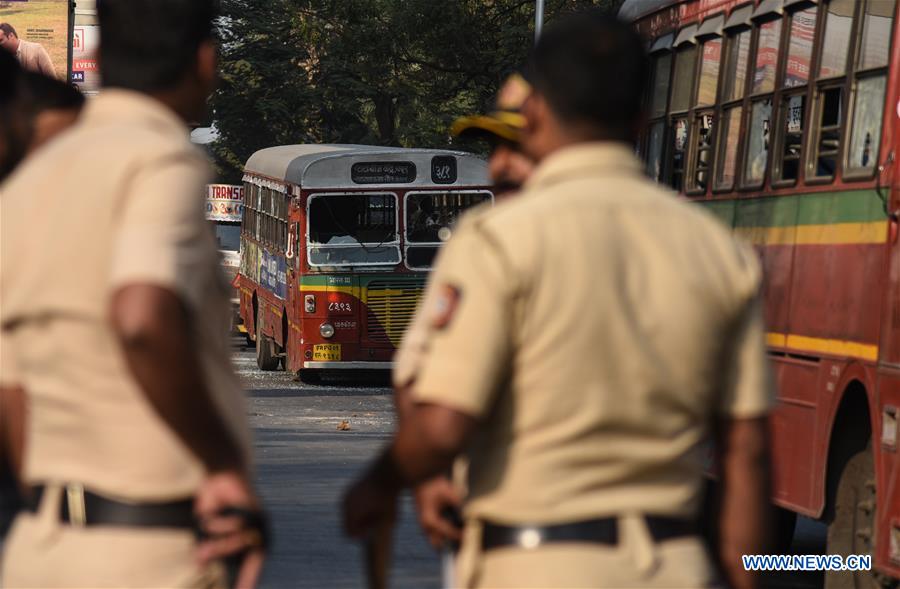For decades, police across the United States have been warned that the common tactic of handcuffing someone facedown could turn deadly if officers pin them on the ground with too much pressure or for too long.
Recommendations first made by major departments and police associations culminated in a 1995 federal safety bulletin that explained keeping someone on their chest in what’s known as prone restraint can dangerously restrict breathing. The solution: Once cuffed, turn them onto their side.
Yet today, what some officers are doing on the street conflicts with what has long been recognized as safe, a deadly disconnect that highlights ongoing failures in police training, an Associated Press investigation has found.
Cases involving prone restraint are among more than 1,000 AP documented over a decade of people who died not by gunshot but after officers used force that is not meant to kill. In all, at least 740 of these encounters involved prone restraint, making it the most prevalent tactic. It was also commonly misapplied.










